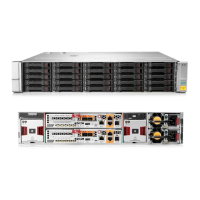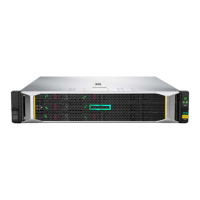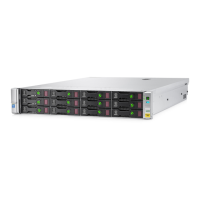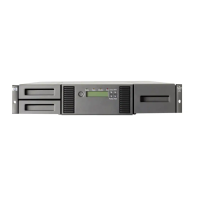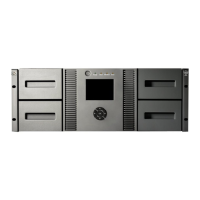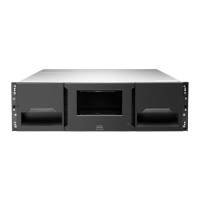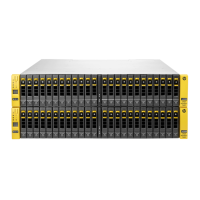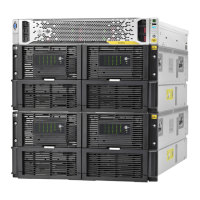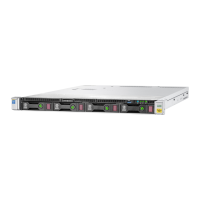Table 16 Comparison of Active-Passive, link aggregation dynamic mode, and Adaptive Load
Balancing bonding
Adaptive load balancingLink aggregation dynamic
mode
Active-PassiveFeature
Simultaneous use of both NICs
increases bandwidth.
Simultaneous use of both
NICs increases bandwidth.
Use of 1 NIC at a time
provides normal
bandwidth.
Bandwidth
YesYesYesProtection during port
failure
Yes. NICs can be plugged into
different switches.
No. Both NICs are plugged
into the same switch.
Yes. NICs can be plugged
into different switches.
Protection during switch
failure
NoYesNoRequires support for
802.3ad link
aggregation?
How Active-Passive bonding works
Bonding NICs for Active-Passive allows you to specify a preferred interface that will be used for
data transfer. This is the active interface. The other interface acts as a backup, and its status is
“Passive (Ready).”
Physical and logical interfaces
The two NICs in the storage system are labeled as listed in Table 17 (page 54). If both interfaces
are bonded for failover, the logical interface is labeled bond0 and acts as the master interface.
As the master interface, bond0 controls and monitors the two slave interfaces which are the physical
interfaces.
Table 17 Bonded network interfaces
Failover descriptionFailover name
Logical interface acting as masterbond0
Physical interface acting as slaveeth0 or Motherboard:Port1
Physical interface acting as slaveeth1 or Motherboard:Port2
The logical master interface monitors each physical slave interface to determine if its link to the
device to which it is connected, such as a router, switch, or repeater, is up. As long as the interface
link remains up, the interface status is preserved.
Table 18 NIC status in Active-Passive configuration
The NIC isIf the NIC status is
Currently enabled and in useActive
Slave to a bond and available for failoverPassive (Ready)
Slave to a bond and no longer has a linkPassive (Failed)
If the active NIC fails, or if its link is broken due to a cable failure or a failure in a local device to
which the NIC cable is connected, then the status of the NIC becomes Passive (Failed) and the
other NIC in the bond, if it has a status of Passive (Ready), becomes active.
This configuration remains until the failed preferred interface is brought back online. When the
failed interface is brought back online, it becomes Active. The other NIC returns to the Passive
(Ready) state.
54 Managing the network

